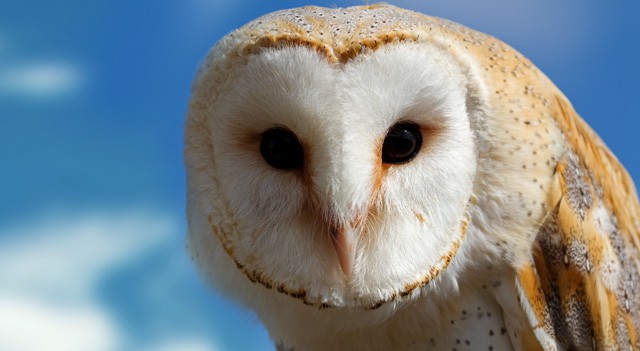by Alexandra Forsythe
Despite its size (23” – 33” inches in length with a wingspan of 36”), this member of the heron family can be quite difficult to see. It is a master of camouflage! With the American Bittern’s thick neck and bill, yellow eyes, and stripes of brown, tan and white, it blends perfectly in the tall reeds. American Bitterns are usually solitary birds and they move slowly and fluidly through the vegetation imitating the movement of the plants (watch a video here). Even when they are actively searching for food, they do so in low light and usually use a “stand and wait” approach to hunting.
When alarmed, the American Bittern will not fly away as other herons do. Instead, it will hold perfectly still with its beak straight up in the air in an attempt to become indistinguishable from the plants surrounding it. Professor Walter Barrows was impressed with the Bittern’s ability to blend so perfectly with the swaying cattails and described his observations in “Life History of Marsh Birds”: “As we stood admiring the bird and his sublime confidence in his invisibility, a light breeze ruffled the surface of the previously calm water and set the cattail flags rustling. Instantly the bittern began to sway gently from side to side with an undulating motion which was most pronounced in the neck but was participated in by the body and even the legs. So obvious was the motion that it was impossible to overlook it, yet when the breeze subsided and the flags became motionless the bird stood as rigid as before and left us wondering whether after all our eyes might not have deceived us.”
The American Bittern has a unique, gulping “oong-ka-choonk” call that has been described as sounding like a water pump. Nutall described it as “the interrupted bellowing of a bull, but hollower and louder, and is heard at a mile’s distance, as if issued from some formidable being that resided at the bottom of the waters.” In “Summer”, Henry David Thoreau joked that the Bittern was able to make that watery call by thrusting its bill deep into the ground until it found water: “I went to the place, but could see no water, which makes me doubt if water is necessary to it in making the sound. Perhaps it thrusts its bill so deep as to reach water where it is dry on the surface. It does not sound loud near at hand, and it is remarkable that it should be heard so far. Perhaps it is pitched on a favorable key.” In fact, a specialized esophagus allows the American Bittern to make that distinctive call.
It is believed that American Bitterns migrate individually or in small groups of two or three at night. They overwinter in southern coastal areas and Central America, returning to Indiana in the spring.
Sadly, the American Bittern is endangered in Indiana due to habitat loss. Studies have found that American Bitterns require at least 6 acres of wetlands in which to nest, but such wetlands are now difficult to find in Indiana. Indiana is fourth in the nation in percentage of wetlands lost: 87% since the 1780’s. The vast majority of the loss has been due to drainage for agriculture. Fortunately, there are programs in place to restore wetlands. For example, the U.S. Fish and Wildlife Service and the USDA (NRCS) have programs that will reimburse landowners up to 100% of the expenses incurred for the restoration of wetlands, and the Indiana Heritage Trust has acquired thousands of acres through the environmental license plate program. There are also conservation organizations like ACRES Land Trust that preserve important habitats. With such programs and organizations in place, the American Bittern may one day become more common in Indiana and be removed from our state’s “State Endangered” list.











